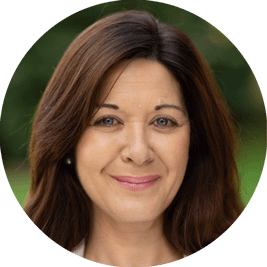Freediving is a form of underwater diving that relies on breath-holding until resurfacing rather than the use of breathing apparatus. This specialised training provides Tracey with a unique perspective when working with clients on developing healthy breathing habits.
Functional Breathwork retrains breathing muscles to reduces breathlessness and improve lung function which positively impacts how we breathe throughout the day, during sleep and while exercising.
The importance of nasal breathing versus mouth breathing:
- The nose has antibacterial properties, purifying and warming the air before it enters the lungs, thereby supporting immunity.
- Nitric oxide is produced in the sinus cavity and helps to dilate blood vessels and increase ventilation by 20%.
- Improves exercise endurance and recovery
- Improves mental well-being
- Improves sleep quality
- None of the above is possible when breathing through the mouth
Learning to breathe light, slow and deep from the nose and using the diaphragm can alleviate asthma symptoms, COVID, high blood pressure, diabetes, sleep disorders and anxiety.
Sleep
A restorative night’s sleep is essential for recovery and overall wellbeing. By slowing down our breathing rate we move the body into the parasympathetic or rest and digest state before we enter our sleep cycle.
When we think of breathing and sleep, often the first thing that comes to mind is snoring. This is about air flow through the airways. If you imagine a large volume of air passing through a very narrow space, this causes the nose and throat to vibrate.
The tongue should ideally be resting on the roof of your mouth day and night. If you’re sleeping with your mouth open the tongue is going to fall back into the throat which can cause more severe sleep apnea because it blocks the airway completely.
By re-learning to breathe correctly through the nose with the mouth closed, the tongue position will change – essential in re-establishing correct breathing habits at night. However, when you’re sleeping you’re not aware of how you’re breathing. Hypoallergenic mouth tape can be used to retrain facial muscles and encourage breathing through the nose. The combination of retraining breathing muscles and tape can eliminate snoring, insomnia and sleep apnea over time.
Stress and Anxiety
By understanding how to calm the nervous system using the breath is instrumental in managing stress and anxiety. Being able to move between the fight or flight response and rest and digest response means that you will have a much healthier nervous system. You don’t want to be in the fight or flight all the time, particularly if you’re trying to get to sleep. You also don’t want to be in the rest and digest phase all the time, because then you won’t be able to perform when you need to.
The key between these two states is the breath – by mindfully slowing your breathing rate you are able to reduce cortisol and adrenalin levels. This sends a signal to your brain that you are safe and the nervous system responds accordingly. With the mouth gently closed, take a slow breath in through the nose and extend the exhale. You could also hum your exhale which increases the production of nitric oxide in the sinus cavity, aids oxygenation of the brain and stimulates the vagus nerve to activate your body’s relaxation response.
Hormonal Changes
Hormones have a major impact on women’s breathing as we move through life particularly during pregnancy, the menstrual cycle and menopause. Progesterone, the sex hormone will reduce over time and fluctuate causing our breathing rate to increase. Pain perception and fatigue will increase, and you may feel more anxious or stressed. By knowing this, you can put breathing practices in place to counteract the effects, which deliver effective results alongside clinical support.
In Conclusion
By incorporating functional breathing into everyday life we can make significant positive changes to our health and wellbeing. The goal is to breathe through the nose during the day, when sleeping and during exercise, and breathing from the diaphragm. This can take practice if you typically breathe from the mouth and upper chest. Once simple and effective breathing techniques are learned and implemented, they become tools for life.













